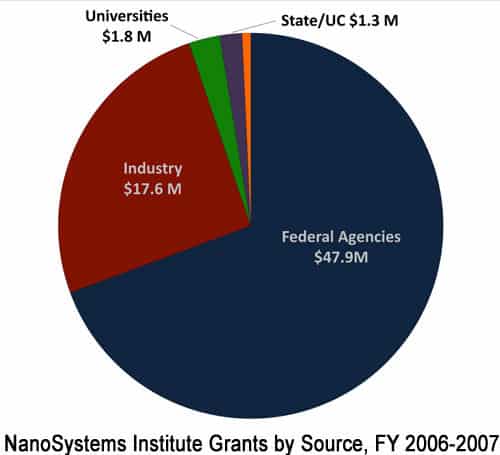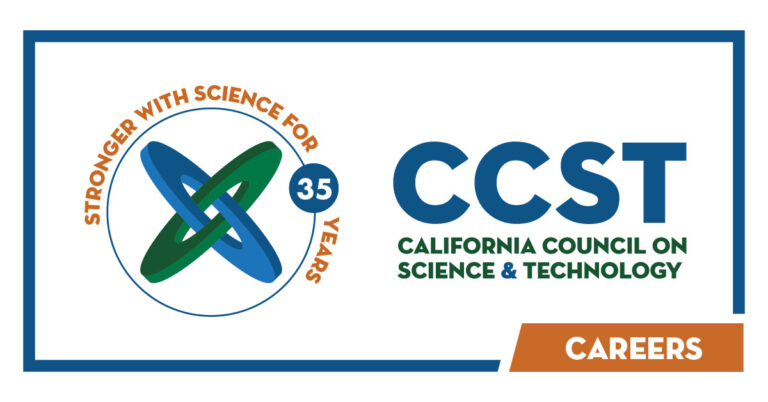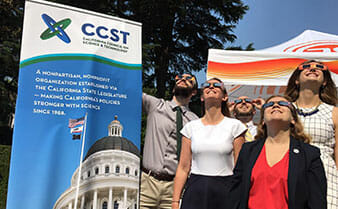Deputy Director
CCST Updates Snapshot of State R&D Spending
October 19, 2008 | CCST Newsroom | Contact: M. Daniel DeCillis

CCST is completing a study, Overview of California R&D Funding from 2005-2007, which provides a snapshot of R&D spending by the state government. The report provides a partial update to CCST’s 1999 analysis of California state R&D funding, carried out as a component of the “California Report on the Environment for Science and Technology” (CREST). The new study found that total state expenditures in FY 2006 were approximately $347 million, not counting the California Institute for Regenerative Medicine (CIRM), which had not yet begun to fund R&D at the time.
The estimated total represents only a modest fraction of total R&D activity in the state – approximately one half of one percent of the estimated $63.9 billion total R&D in 2006.
“Establishing an overall measure of return is not currently feasible due to the variety of reporting methods and inconsistency of data availability,” said CCST Research Associate M. Daniel DeCillis, who wrote the report. “However, it’s clear that state investment is an effective way of focusing industry and federal R&D investment in areas of interest to the state, often bringing in matching funds at a rate of 2 to 1.”
The report was prepared as part of an overall assessment of the present status and long-term trends affecting California’s science and technology infrastructure for the California Innovation Corridor project, funded by a U.S. Department of Labor grant to the State of California and the California Space Authority titled, “Workforce Innovation in Regional Economic Development” (WIRED). It is one of four projects CCST was contracted to conduct for the Innovation Corridor.
“Because the true effectiveness of state R&D funding depends upon leveraging funding from other sources, there is increasingly intense competition from other states seeking to attract the industry and federal R&D dollars that have been coming to California,” said DeCillis. “California is still a highly attractive environment for innovation, but it needs to collect better data in order to optimally focus its R&D strategies.”




